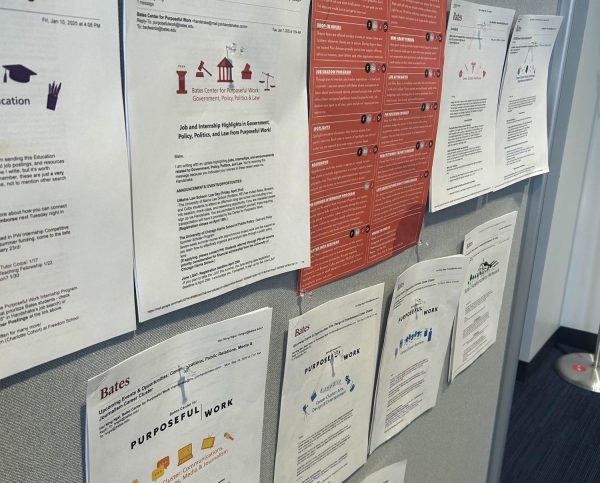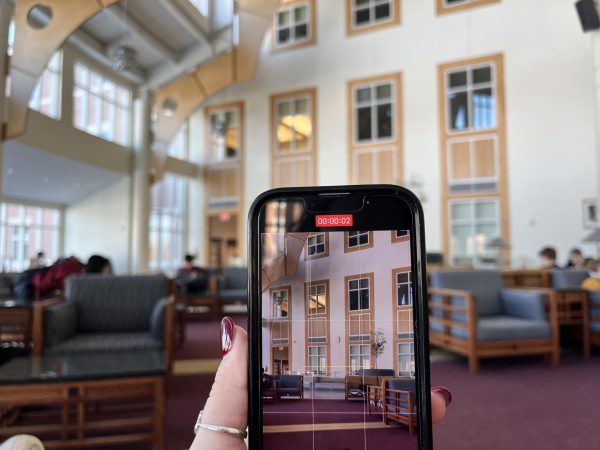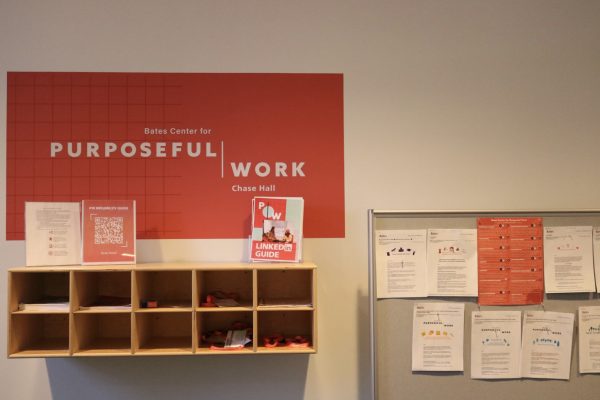Tuition: The Impact Of A Costly College Education
Tuition. The very thing that makes college possible has become the center of controversy since the COVID-19 pandemic. Tuition, in a nutshell, has always been an enigma to many. Why is tuition so expensive? How come the price of tuition increases every year? Where does my tuition go? These are some of the many questions on people’s minds as they consider whether or not to go back to campus in the fall.
For years, the cost of tuition has been an ongoing struggle at colleges across the country. Especially at private liberal arts colleges such as Bates, tuition is the cornerstone of how money gets distributed to professors’ salaries, academic and athletic programs, social and health services, and residential life. But why is it so controversial? One of the many alarming realities when talking about tuition is the pattern; the continuous rise in the cost of higher education.
I want to concentrate on
a) what tuition is and how it is organized,
b) where the money is being distributed, and
c) the consequences of rising tuition.
To the first point, tuition is essentially the center of the college bill. For some colleges, such as the University of Alabama, tuition can be calculated per credit, or per credit hour, as students are charged based on how many courses they take. However, depending on where a student is enrolled, a college may also charge a flat rate for tuition. At Bates, it is one single fee that is split up into two payments, one for each semester.
Now, as tuition continues to increase, students are impacted by the rise in cost. Based on a study conducted by EAB in 2017, around 40% of students turn down enrolling into their first-choice schools based on financial limitations. On top of that, it is also surprising how much Americans, in particular, spend on financing their own education. According to the Organization for Economic Cooperation and Development (OECD), Americans spend around $30,000 per student a year. This is almost twice as much as any other developed country in the world. The only other country in the world that spends more money per year is Luxembourg. However, in Luxembourg tuition is free due to government outlays. Now, where is this money going?
The harsh reality is that college tuition is increasing, and yet it is not being distributed to all the right places. One example of this is a 2019 Business Insider interview with 26-year-old Josh Kirdy about his struggles with student payments. In the interview, Kirdy emphasized that he is “on the prowl for side work, landing stints walking dogs and putting in part-time hours as a local mall retailer. He developed this juggling act to put extra payments toward his $37,000 student-loan debt.”
Many Americans in past years have struggled to pay off student loan debt, as finding work in an unstable economy has been more difficult than ever. In fact, the majority of American colleges have spent more money (around $23,000 a year) to pay staff and faculty than they have on community spaces such as dining halls. Furthermore, the United States ranks third-most-expensive amongst world countries when it comes to the cost of tuition, books, and living expenses. These costs are putting low-income families at a severe disadvantage when it comes to affording a college-level education.
Now for the third and final point: the consequences of rising tuition. This last point is the most important of all, because it provides insight into how much education costs affect students across the country. According to Student Loan Hero, a company that helps people manage and eliminate their personal debt, data shows that while wages have risen by 67% since 1970 the cost of tuition has risen at a quicker rate. Additionally, college tuition was more affordable for previous generations. As Student Loan Hero reports, the cost of an undergraduate degree increased by a startling 213% at public colleges while private colleges had a 129% increase from the late 1980s to 2018.
I wish these numbers weren’t so extreme, but it tells a tale about our current circumstances. On the other hand, what is also important to consider is how many students rely on financial aid to support the cost of college tuition. According to a 2014 study by the National Center for Education Statistics, 85% of students receive some form of financial aid. Especially during the age of COVID-19, financial aid has become even more of a priority to those who need it to pay for attending college.
Bates, just like every college around the country, has had to grapple with the new reality of life in the COVID-19 pandemic. Since March, the administration has had to make important decisions about health and safety concerns to be able to create an environment where the majority of students will be able to return in a few weeks. However, the issue of tuition has remained a center of controversy as many people have questioned the increase in cost. This year, the cost of tuition at Bates is a single fee of $73,530. However, with the cost of books, supplies, travel expenses, and health insurance the estimated total cost goes up between $77,833 and $78,733. This is no joke. The cost of tuition continues to rise, and there hasn’t been a method to help cut the cost. While the cost of tuition for students studying remotely is $65,509, that is still a huge cost to Bates families.
Earlier this summer, I had the opportunity to talk to senior class representative of the Bates College Student Government Will Hibbitts ‘21 about his perspectives on tuition at Bates. As a big believer in transparency and cooperation, Hibbitts talked to me about his vision for the future of tuition.
He told me, “Hopefully our advocacy could cause some positive change and ease the burdens that families are facing during this time, especially international [families] and families of color. Additionally, these families face other issues besides high tuition which also needs to be addressed by the administration (ICE comes to mind). I believe student government can and should assist in amplifying the concerns of those families, students, groups, and clubs.”
Will also mentioned how the administration can improve its plans to improve tuition for Bates families. “Even though I’m not an expert in financial matters, it is clear that the administration has not sufficiently justified this increase or explained why additional expenses incurred due to the pandemic cannot come out of the endowment. It would be helpful if the administration could outline the costs and savings of this year. Also, a more detailed description of where our tuition goes, in general, is warranted.” Hibbitts is determined to continue to advocate for a more balanced tuition system in student government this year.
Tuition is an issue that continues to affect millions of students across the country. Within the Bates community, the rise in tuition impacts how families and students shape their college experience. There needs to be more effort nationwide to support students and their families when it comes to financial aid and financial literacy. Especially, in these turbulent times, people deserve the truth when it comes to where their money is going; they deserve to have their faith rewarded. Colleges need to become more aware of how their decisions impact student’s lives economically. Bates is no different.
Your donation will support the student journalists of Bates College and help us cover our annual website hosting costs.






